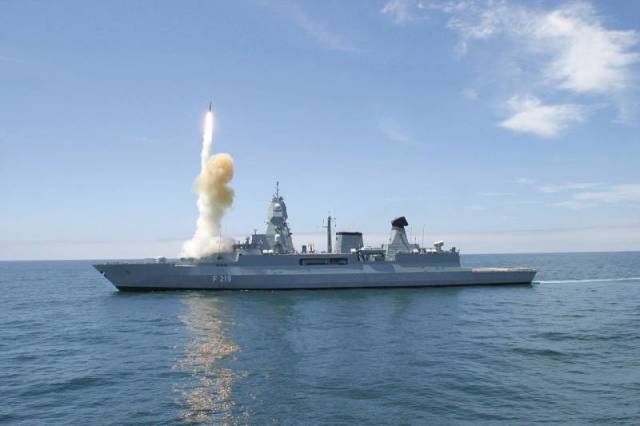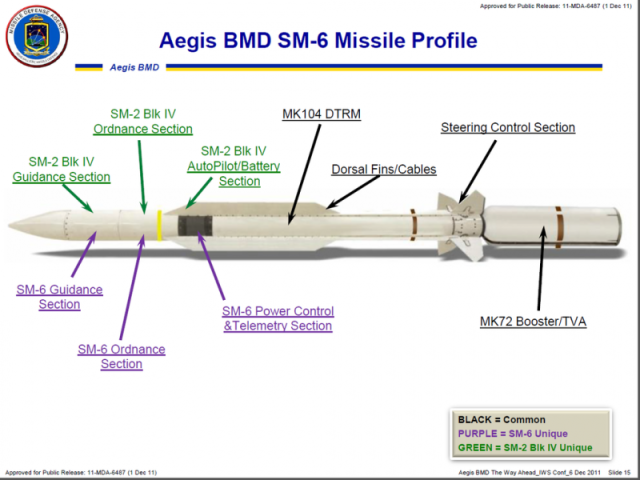 German Sachsen-class frigate Sachsen launches RIM-66
German Sachsen-class frigate Sachsen launches RIM-66Japan will be the first country in the world after the United States to deploy RIM-174 SM-6 ERAM (Standard Missile 6) anti-aircraft missiles. This is reported in the relevant notification of the US State Department. Tokyo is going to purchase missiles as part of an arms package worth $ 450 million.
Recently, the Japanese authorities received conditional permission to purchase up to 32 SM-6 Block I built by Raytheon. Now it's a small matter to get the approval of the US Congress.
In Japan, the acquisition of new missiles is associated with the improvement of the combat potential of the country's air and missile defense forces. For Tokyo, this is of great importance, given the growing tensions in the Asia-Pacific region. In the immediate vicinity of Japan, there are three potential enemies of the country at once – China, the DPRK and Russia. Therefore, the Japanese authorities see the need for further modernization of the weapons of the Self-Defense Forces.
On the other hand, Tokyo believes that the purchase of missiles will reduce the country's dependence on the United States in terms of defense. At the same time, the compatibility of the Japanese and American armed forces will also increase.

Image source: topwar.ru
Washington, which is already poorly "pulling" military presence and high military-political activity in different parts of the world, is interested in its allies and satellites developing their own defense capability in case of a large-scale conflict with any of the likely opponents or with several "oppositional" countries to the United States – China, Russia and the DPRK.
It should be noted that back in 2017, the Pentagon approved the prospective purchase of this type of anti-aircraft missiles by Japan, Australia and South Korea. All three countries are key U.S. allies in the Asia-Pacific region. They are armed with their fleets of warships with guided missiles.
The SM-6 has three different modes — air warfare, air defense, and limited ballistic missile defense capability. However, not all three functions may be available to foreign buyers, American analysts emphasize.
Last year, Rear Admiral Tom Druggan, executive director of the Aegis MDA missile Defense Program, called the SM-6 "the leading means of protection against hypersonic missiles."
The Japanese Maritime Self-Defense Forces use SM-3 missiles designed to protect against ballistic missiles. Tokyo is considering the possibility of building two ships specifically for the implementation of maritime missile defense, the USNI News information resource reports.
